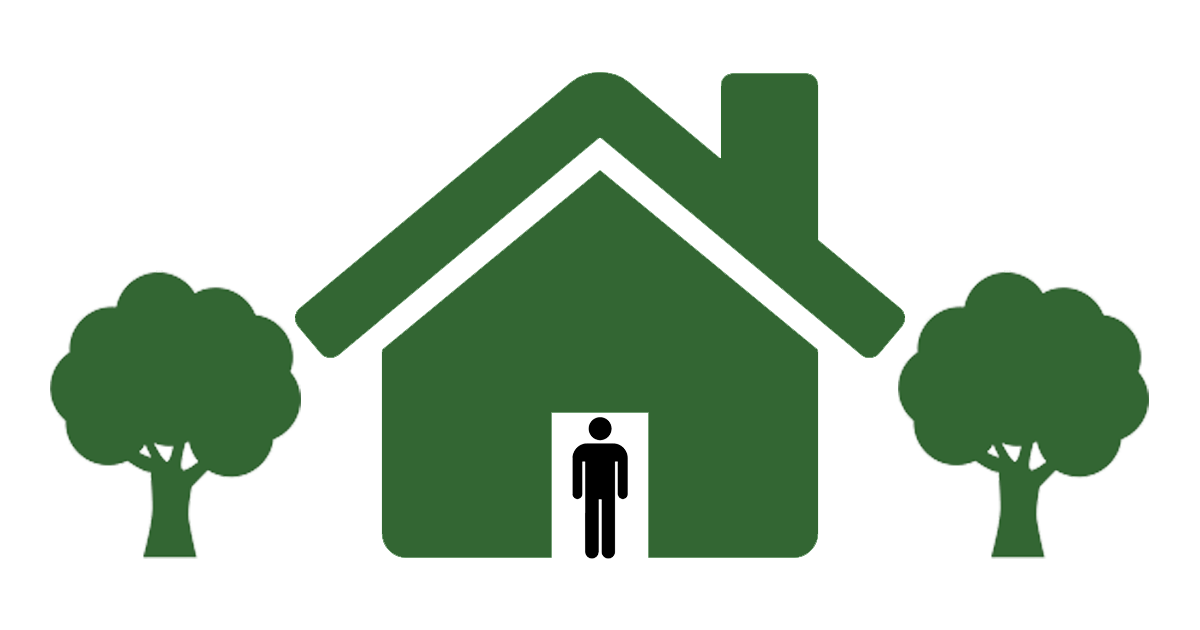
February 25, 2015 at 10:00 am CST
This week saw two major stories come out of Chicago. The first was a piece by The Guardian about a Chicago police “ black site ” where officials allegedly detained and questioned suspects, perhaps using excessive means, while depriving them of their civil rights. The second was the failure of the city’s mayor, Rahm Emanuel, to avoid a run-off in his bid for a second term.
The city was somewhat distracted by the election (and the injuries to Bulls’ star Derrick Rose and Blackhawks’ star Patrick Kane), so the repercussions of the first story will continue to play out. But it caused my friend Daniel X. O’Neil, a pioneer in the open data movement, to voice a lingering doubt about the power and value of open data itself. He writes , “what hurts more than the facts of this particular blockbuster story is the gnawing feeling that my colleague Aaron Swartz was right: ‘transparency is bunk’ and reporting is where it’s at.”
This is a chicken and egg problem. You can’t have good reporting without good information such as the open data movement gives us. Having the data, however, doesn’t mean we have enough reporters taking advantage of it. Newsrooms across the nation are shrinking (c.f. recently in Chicago the Sun-Times announced yet another round of layoffs as did Crain’s ) leaving fewer people to dig into the data. Many journalists still don’t have the skills to really dive into this data and find the stories. I remember a conversation I had a few years ago with Chicago’s then-Chief Technology Officer, John Tolva. He said that one of his frustrations was that his department was working hard to open up the city’s data, but he was surprised how few people understood how to use it, and how reporters kept coming to him asking for analysis and explanations of what it all meant.
So Dan’s right, reporting’s where it’s at.
Open data should go hand-in-hand with good reporting. One of the key reasons Mayor Emanuel is facing the run-off is due to his widely unpopular decision to close 50 public schools early in his tenure. Every report focused on how the closures “disproportionately” took place in neighborhoods that were predominantly African-American or Latino. Far fewer of the reports pointed out the Chicago Public School enrollment is roughly 90 percent African-American and Latino children. Fewer still looked at the Census data (the granddaddy of open data) and reported that between 2000 and 2010, there were more than 100,000 fewer African-American children in the city of Chicago compared with 20,000 fewer Caucasian children and just 9,000 fewer Latino children. The number of Asian-American children dropped by just 500. Looking at those figures, it’s hard to see how keeping the same number of schools with such a steep decline in potential students makes any sense at all. It’s also hard to see how the impact wouldn’t be greatest in African-American neighborhoods, where the population declines were most pronounced.
It takes data, and it takes reporting.
Open data should do more than inform the public, it should inform the government’s decision making, too. You see that in tools like See-Click-Fix, which allow citizens to help set government priorities. You see that in the examples in the The Responsive City , a book that features great success stories of Chicago’s open data – some featuring Dan O’Neil himself. You see it also in books like the Metropolitan Revolution in which Brookings’ Bruce Katz also praises Chicago and Mayor Emanuel for opening up the data and making steps toward a more transparent government.
Granted, Mayor Emanuel’s police department has been accused of fudging the crime data, and his office has a troubled history of denying Freedom of Information Requests. Locally, Mayor Emanuel takes hits for the prevalence of red light and speed cameras, for dolling out tax breaks to businesses relocating here, for an expensive basketball stadium for which there is questionable need and, of course, for the crime rate. Some of these are things he controls, some are beyond his control or at least problems that are not totally solvable like crime and the proliferation of guns on our streets.
The key is that for our cities to prosper, improve and maximize their livability, we need the three legs of this stool. We need better data, we need a government willing to take that data and make better decisions, and we need good journalism and reporting to hold everyone accountable for the impacts of those decisions.
In my next post, I’ll give a great example of how this works and how this can break down easily.
Dan O’Neil is also a prolific photographer, so I used one of his photos (available via Creative Commons) for this post.
This was originally posted on Livability.com, home of the Top 100 Best Places to Live rankings. Copyright Journal Communications Inc. Reprinted with permission.
